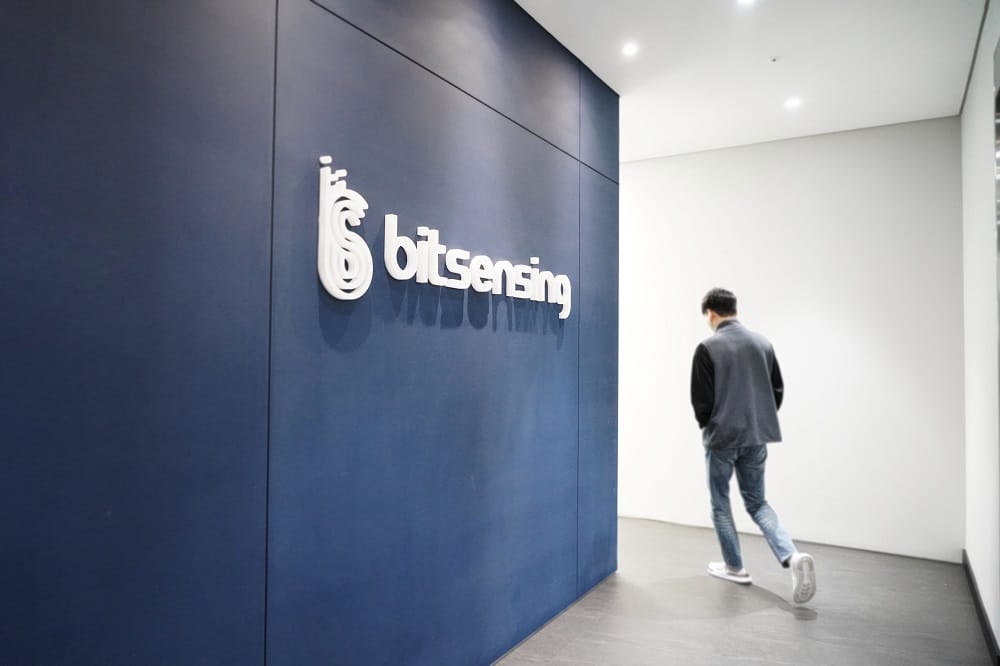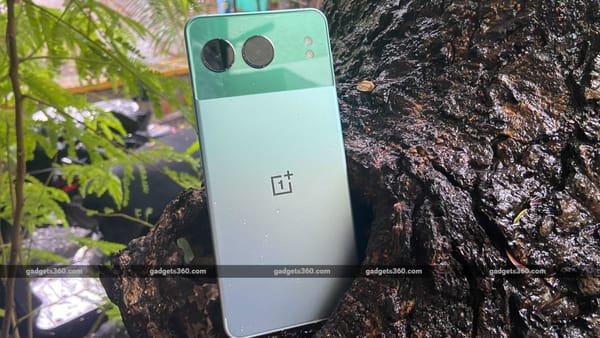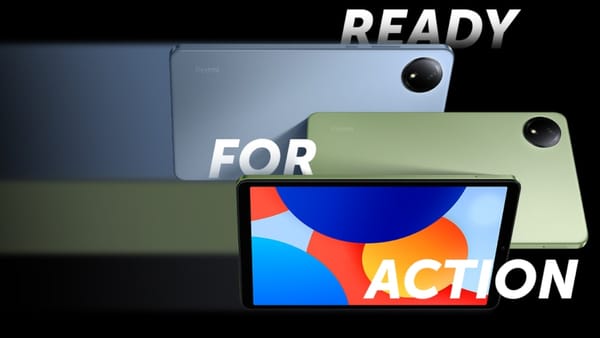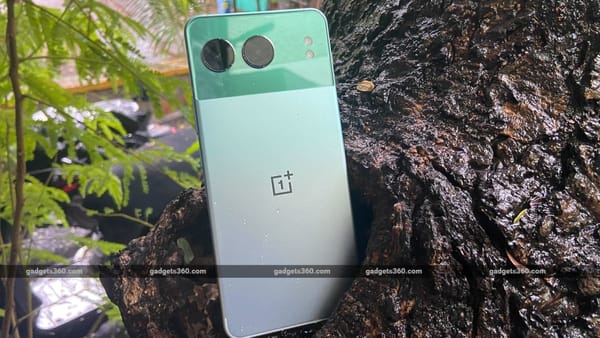The Rise of 4D Imaging Radar in Autonomous Vehicles

Introduction
Self-driving vehicles are becoming a reality, thanks to advanced sensor technology. While cameras and lidars have been the go-to sensors for autonomous driving, a new player has emerged in the form of 4D imaging radar. This high-resolution radar technology is changing the game for autonomous vehicles, smart cities, and even digital healthcare.
Bitsensing: A Pioneer in 4D Imaging Radar
- Bitsensing, a South Korea-based startup founded in 2018, is at the forefront of developing 4D imaging radar technology.
- Their CEO, Jae-Eun Lee, was inspired to create this technology after witnessing a tragic road collision caused by poor visibility.
- Bitsensing closed a $25 million Series B round to further develop their high-resolution radar technology.
Advantages of 4D Imaging Radar
- Traditional approaches like cameras and lidar can be limited by environmental conditions like poor lighting, fog, or rain, affecting the accuracy and reliability of object detection.
- 4D imaging radar overcomes these limitations, offering improved performance and safety for autonomous vehicles.
The Future of 4D Imaging Radar
- While current 4D imaging radar technology may not yet match the resolution of lidar systems, it shows significant potential for future development.
- Industry experts predict that 4D imaging radar could replace lidar in the near future, providing a more efficient and reliable solution for autonomous vehicles.
Industry Adoption
- Mobileye, an autonomous driving company, plans to deploy 4D imaging radars in their vehicles by 2025, signaling a shift towards this technology.
- Other companies like Altos Radar, Arbe Robotics, Oculii, and Zendar are also developing high-resolution radar technology for autonomous vehicles.
Bitsensing's Unique Offerings
- Bitsensing's 4D imaging radar provides surround detection for self-driving vehicles with a range coverage of over 300 meters, a significant improvement over conventional radar.
- Their traffic insight monitoring sensor (TIMOS) integrates edge AI computing, offering advanced capabilities for intelligent transportation systems.
Applications Beyond Autonomous Vehicles
- Bitsensing aims to apply their radar technology in digital healthcare, specifically in monitoring sleep quality, apnea, and limb movements.
- Their radar hardware and APIs are being used in senior care facilities and hospitals in South Korea, Singapore, and Japan.
Growth and Expansion
- Bitsensing is in the revenue growth stage and is expanding globally through strategic partnerships.
- With the shift to software-defined vehicles, there is a growing demand for high-performance sensors like 4D imaging radar, leading to rapid market expansion.
Conclusion
- The development of 4D imaging radar technology is revolutionizing the autonomous driving industry, offering improved performance and safety.
- With the support of investors and industry partnerships, companies like Bitsensing are driving the adoption of this innovative technology in various sectors.


